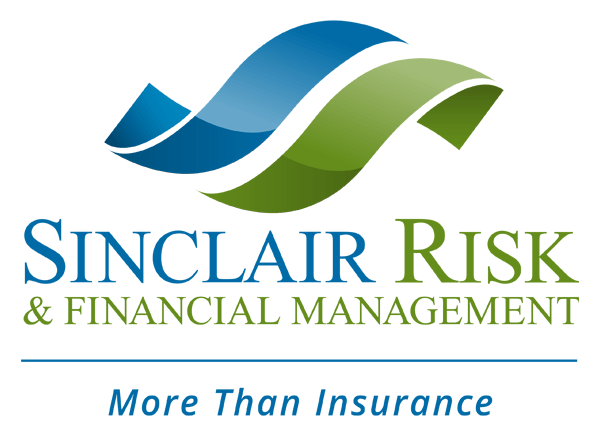The National Highway Traffic Safety Administration (NHTSA) defines aggressive driving as when “an individual commits a combination of moving traffic offenses so as to endanger other persons or property.” Road rage, according to the NHTSA, emerged as a label to “describe the angry and violent behaviors at the extreme of the aggressive driving continuum.” They clarify that “aggressive driving is a traffic violation, while road rage… is a criminal offense.”
The warmer summer months are prime time for Road Rage. Maybe it’s the increased traffic due to summer vacation travelers, the heat and the humidity or that fact that people are just in a rush to be anywhere else besides the highway. Regardless, road rage exists and it’s dangerous. Avoiding and handling it should be a solid part of your Driver and Fleet Safety Training Program.
It’s normal to observe reckless driving behavior and respond with defensive driving. It’s quite another story to respond with horn honking, braking unexpectedly, tailgating, and yelling.
We’ve got some tips and tricks to share with your road warriors to help prevent driving battles. Coach your team to:
- Plan ahead. Allow extra time to get to your destination. You never know when a traffic jam or accident will pop up. Allowing yourself a few extra minutes to get from A to B will help ease the worry of getting there on time. We know this isn’t always possible, if you are behind schedule the best thing to do is let your destination know you will be late. Stress, speeding and aggressive driving probably won’t get you there any quicker. If you are pulled over or are in an accident – you’ll never get there.
- Move Over. If someone is tailgating you, resist the urge to slam on the brakes or slow down to a turtle speed. Move into another lane or pull over and let the other driver pass.
- Be Conscious of Your Driving. Although no one wants to admit fault, be aware of your driving. If you accidentally cut someone off or forgot to use your blinker make sure you don’t do it again. You should always be aware of your surroundings and other drivers. Be courteous – it goes a long way.
- Avoid Eye Contact and Using Your Horn. If you’re a Type A personality, it’s second nature to want to stare at or even honk at the person who is driving reckless. However, avoid eye contact and the horn when possible. It never diffuses the situation. In fact, it will only make it worse.
Road rage isn’t something to be taken lightly. In fact, over 13,000 cases of road rage are reported every year. Men and people under the age of 24 are more likely to engage in road rage behaviors. Surprisingly, people with children in the car are more likely to react to road rage than those who don’t.
You may not be able to control the actions of others, but you can certainly control your own. It may seem like a small and insignificant step, but not reacting to other’s aggressive driving and anger, can help reduce the amount of accidents on the roadways.
Do you have an effective method to help reduce or avoid road rage? We’d love to hear it!
Joe Pinto
Risk Management Consultant
jpinto@srfm.com


